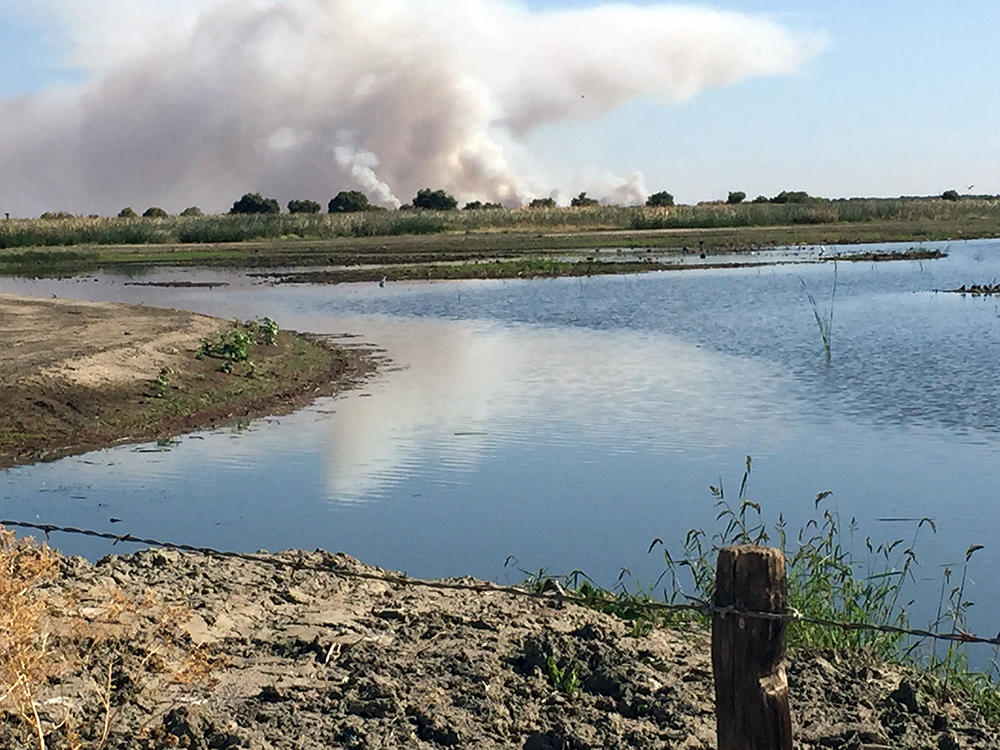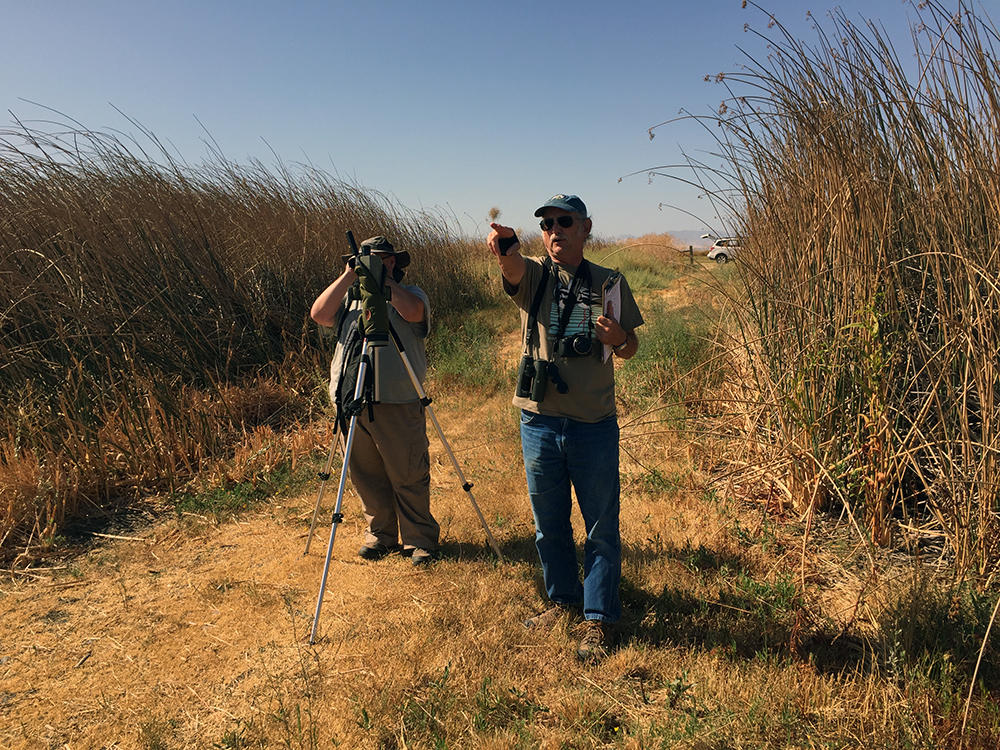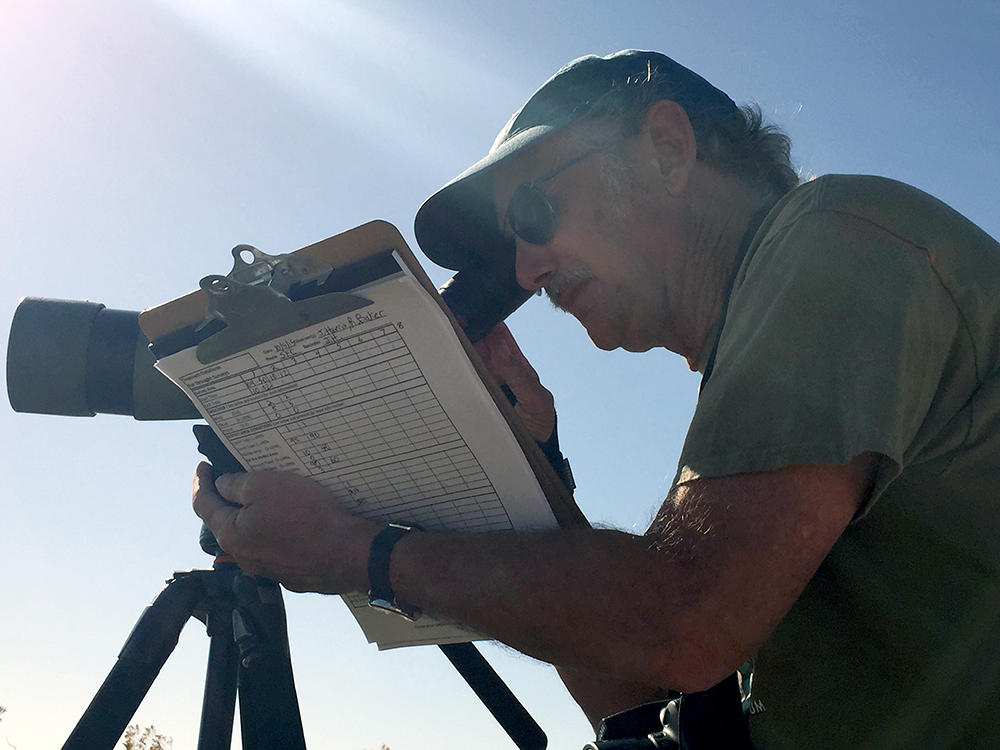Twice a month, Ralph Baker and John Harris from Stanislaus Audubon Society spend a day inspecting habitat and counting birds at the Grasslands Wildlife Management Area in Los Banos, one of fourteen refuges named as essential habitat under the Central Valley Project Improvement Act. Theirs is one of six chapters taking part in Audubon California’s Drought Monitoring Program, an Audubon California project funded by the Packard Foundation and Pacific Gas and Electric Company (PG&E) to document the ongoing drought's effects on critically important birds and habitat in California’s Central Valley.

On their October count, Baker and Harris enjoyed more moderate weather than the 100-plus degree days they experienced in the summer. Much of the habitat at Grasslands was dry, but there were areas where water from local duck clubs was supporting a good diversity of shorebirds: Black-necked Stilts, Dunlin, Lesser Yellowlegs. Raptors sighted included Bald Eagles, Red-tailed Hawks, Burrowing Owls, and Great Horned Owls.

“Chapter volunteers are witnessing firsthand the impacts of drought on migratory birds at Central Valley refuges,” says Chapter Network Manager Desiree Loggins, who joined the team on this survey. “Their work is providing additional support to refuge personnel who don’t have the resources to do this monitoring, and enables Audubon California to tell the story of the birds with much greater impact.”





